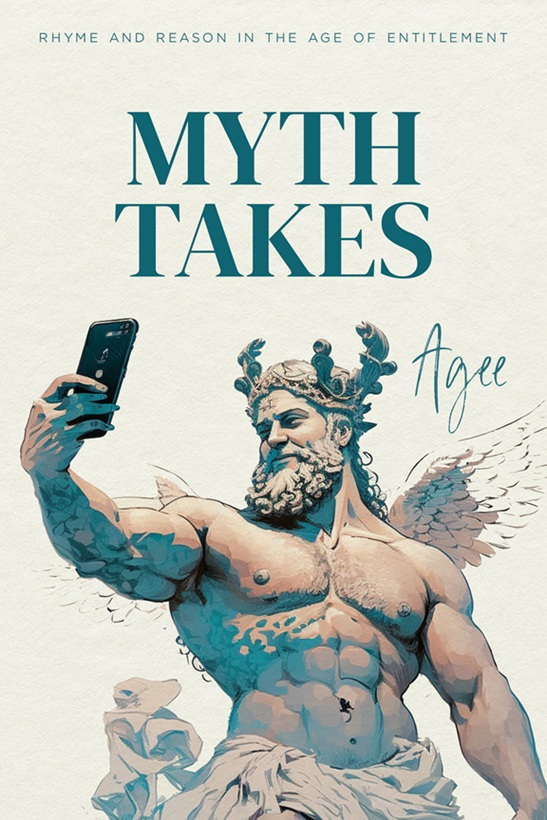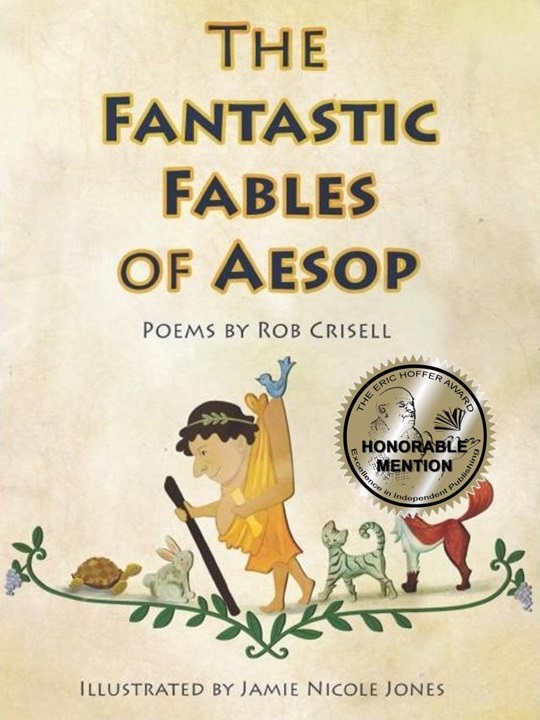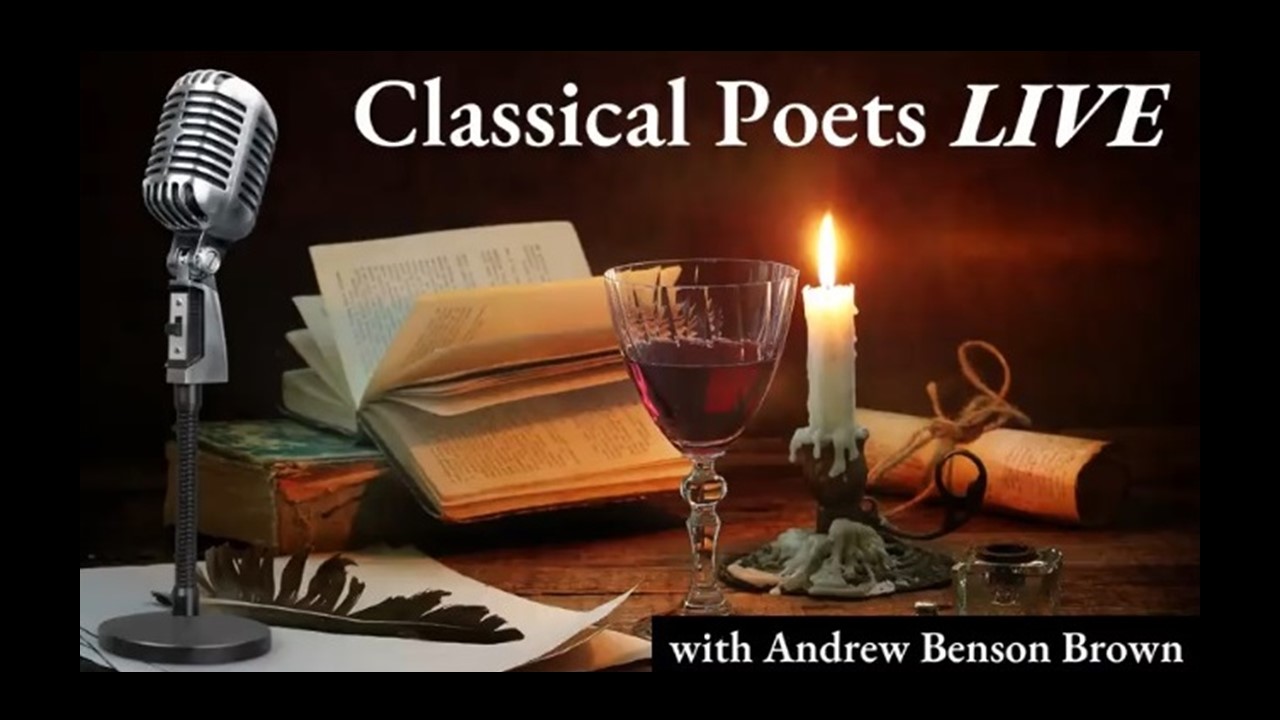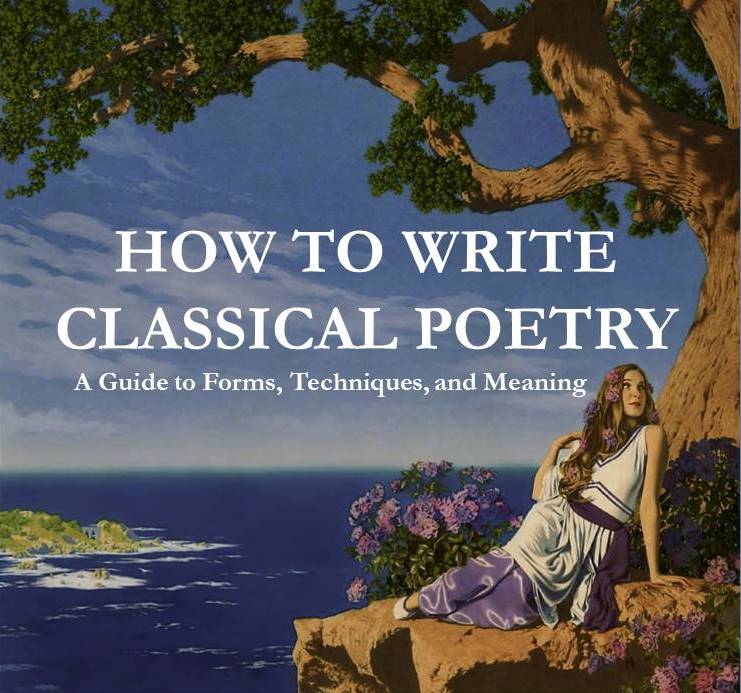.
Deconstructing Grűnewald’s Crucifixion
It isn’t de rigueur these days to show
A bloodied, tortured Jesus on the cross.
Post-moderns would prefer we came to know
Him as innocuous instead of gross.
No sympathy allowed, but go ahead
And drown him in a jar of urine, mock
Him as irrelevant—just one more dead
White male to bury—useless as a rock.
And yet, despite how often Christ has died,
His suffering draws people all the more.
For every time that he’s been crucified
He comes to life as he has done before.
Because of this, in Grűnewald’s Crucifixion,
We see both death and life in its depiction.
.
.
James A. Tweedie is a retired pastor living in Long Beach, Washington. He has written and published six novels, one collection of short stories, and three collections of poetry including Mostly Sonnets, all with Dunecrest Press. His poems have been published nationally and internationally in The Lyric, Poetry Salzburg (Austria) Review, California Quarterly, Asses of Parnassus, Lighten Up Online, Better than Starbucks, Dwell Time, Light, Deronda Review, The Road Not Taken, Fevers of the Mind, Sparks of Calliope, Dancing Poetry, WestWard Quarterly, Society of Classical Poets, and The Chained Muse. He was honored with being chosen as the winner of the 2021 SCP International Poetry Competition.
















This is very powerful, James — painfully observant concerning the “fashion” of how Christ’s Passion is viewed by atheists and “post-moderns” who would prefer a simplified, pain-free, Crucifixion-Lite which has nothing to do with the Bible. Far too many are willing to gloss over or flatly deny the reality of His terrible suffering and the price He was willing to pay for humanity. I believe in my heart that you are right — there will always be believers who are drawn to Him. And no matter how many times He is crucified, His resurrection will always triumph.
Amen and Amen!
The Suffering Prince – Johnny Hart
Picture yourself tied to a tree,
condemned of the sins of eternity.
Then picture a spear,
parting the air,
seeking your heart to cut your despair.
Suddenly—a knight, in armor of white,
stands in the gap betwixt you and its flight,
And shedding his ‘armor of God’ for you—
bears the lance that runs him through.
His heart has been pierced that yours may beat,
and the blood of his corpse washes your feet.
Picture yourself in raiment white,
cleansed by the blood of the lifeless knight.
Never to mourn, the prince who was downed,
For he is not lost! It is you who are found.
Perfect poem and depiction for “Good” Friday!
James, you are quite right that human beings are drawn to the suffering Christ. One modern church near me recently replaced a doll-like Jesus with open arms by a seven-foot traditional crucifix from Italy. The money was easily raised in these bad times because people wanted something to look at as they prayed. Grunewald worked from the human sufferers in the hospital for which the altarpiece was made, showing the sores of skin diseases treated there. When you say he depicts both death and life, do you mean the lives of those patients suffering with Christ, or the life that Christ gives them (noting John the Baptist on the right here, saying the He must increase as I decrease), or are you referring to the stunning light-and-joy filled resurrection scene that is part of the same work or art?
Right you are, Margaret, on G’s resurrected Christ. I know of no more buoyant figure rendered in Western art.
I might add to my previous response that the words inscribed on the painting support what you say regarding what John is saying as he points to Jesus. Even so the the “unspoken” symbolism of the Lamb supports my interpretation of the pointed finger as well. I have little doubt that Grűnewald intended both references to be reflected in the painting as a whole and in the gesture in particular.
Jesus was of Arab decent, he was not white at all. He was of dark since like all Arabs.
Sorry, Lawrence, but Jesus was a Jew. Jews are not Arabs nor descended from Arabs. He was from the House of David. He was circumcised as a Jew. He was called “Rabbi” and the sign over his cross read “Jesus of Nazareth, King of the Jews.” So no. He was not of Arab descent. If you want to say he was of Semitic descent that would be accurate. Semitic peoples populated much of the Middle East including Ur, where Abraham originated. But don’t rewrite history and don’t rewrite the Bible to promote some racist Jew-cancelling ideology.
I second this. Also, just because Jesus was of Semitic descent doesn’t make Him dark-skinned. If you look at modern native Israelis and Palestinian Arabs, many of them are no darker than some southern Europeans, who are considered white. Therefore it is perfectly reasonable to say that Jesus was white. Probably not Scandinavian pink with blond hair and blue eyes (Leviticus mentions that the Hebrews had black hair), but still white. The verse “Can the Ethiopian change his skin” shows that they certainly were not anywhere near as dark-skinned as East Africans!
Interestingly, though, when He appears to people, He always comes to them as a person of their own ethnic background; His mother does the same. So, to Africans, they appear as black people; to Asians, they appear as Asians, and so on.
I think Mr. Elliott is merely commenting to push some kind of anti-white, anti-Jewish agenda.
Joshua, you are right about visual appearances of Our Lord and Our Lady being coordinated with the ethnicity of the persons whom they visit. The same is true of the languages used to communicate with them: Occitan dialect for Bernadette Soubirous of Lourdes, simple Portuguese for the Fatima children, Japanese for Sister Agnes in Akita, late medieval French for Joan of Arc.
This is only a glimpse of the cosmic immensity of knowledge that will be granted to the saved.
Lawrence, you are quite right. In my poem I am somewhat dismissively conflating the ascendant anti-Christian sentiments in this country with the current culturally-related disdain for White males in general. It was meant as a point of poetic license rather than an anthropological reference to Jesus’ ethnicity.
Although Western Christian culture has often identified Jesus as being “one of us” (reference Salmon’s
“Head of Christ” —where he is depicted as being Scandinavian or the French carol, “Bring a Torch, Jeanette, Isabella” which describes “how white” the baby Jesus looks) he was, as you say, Semitic and most certainly of the darker skin color associated with the Middle Eastern and North African Arabs and Jews of today.
Folk art has always pictured the Holy Family in ways the folk recognized. Bethlehem isn’t very cold and rarely has enough snow for children to have a snowball fight, and the shepherds probably wouldn’t have been out with their flocks by night if the weather had been cold or even wet, but in carols “Snow had fallen, snow on snow.”
Jesus traced His descent to Isaac, not Ishmael.
People in the Mediterranean countries do tend to be the basic human color, not so many extreme White or Black types, but Arab people I’ve met were seen as White. Dark wavy hair, light tan skin. Similar to southern Europeans, similar to some Americans of mixed European and indigenous descent.
Margaret, marvelous, insightful comment as always
1. My understanding is that John the Baptist’s finger is in reference to, “Behold the Lamb of God who takes away the sin of the world” (given that Christ, as the Lamb, is standing at his feet); and
2. My reference to “life and death” being present in the painting is simply a reference to what I have already asserted: that Christ’s crucifixion ALWAYS anticipates and points to the Easter victory over sin and death. The two are a unity for the two are inseparable from each other. He who was “slain from the foundation of the world” has always been both the crucified and risen Son of God.
As a Good Friday preacher/ acquaintance of mine likes.to say in in this regard: “It’s Friday, but Sunday’s comin’!”
No doubt about it!
Here, “innocuous instead of gross” maybe expresses 2 sides of modern sensibility. Jesus is innocuous, or even a comforting warm fuzzy (an “electric blanket,” as I just learned Flannery O’Connor once expressed it), in which case the crucifixion is either inconvenient or irrelevant, or else He’s a mess, a distraction we’d sooner not be bothered with.
The Crucifixion has always been a “scandal” (i.e. an intellectual stumbling-block or an obstacle) to worldly human beings everywhere. As St. Paul says in Corinthians, “We preach Christ crucified, a stumbling-block to Jews and folly to Gentiles).
Why? Because it makes no sense at all unless one sees the world as incarnational, in that God had to be incarnated in time and place and flesh to make salvation possible. This was argued well by St. Anselm of Canterbury, a thousand years ago, in his treatise “Cur Deus Homo” — Why God Had to Become Man.
The worldwide tendency among fake Christians to transform Christ into a version of Santa Claus or the Easter Bunny or some other smiley-face absurdity is simply a way to escape the harsh reality of sacrificial atonement. Grunewald’s painting is an affront to fake Christians.
This is really good. It shows how Jesus is still mocked today in many different ways—not only by a crucifix in urine (don’t get me started!), but also by trying to make Him into a mellow hippie who didn’t “really” say all those hard sayings and whitewashing the Crucifixion in art.
An analogy: As you see from my poetry, I’m extremely pro-family. Plato’s Republic shows the exact opposite outlook—Plato depicts Socrates wanting a state in which children never know their parents. I merely say that’s wrong; I don’t twist it like people do with the things Jesus said. I don’t say thing like, “Plato and Socrates were both strongly in favor of the family just like devout Christians, but Aristotle corrupted Plato’s writings.” Yet this is exactly what a lot of people do with Jesus.
And yet, somehow even they can’t resist His sacrifice. We see it not only in classic literature, but even scenes of Hollywood and Disney movies reminiscent of it. You’d almost think they believed in secret.
You are so right, James, and you have wasted not your time away. There are some who maintain that the Jewish Holocaust was the second Crucifixion, and I think there is some merit to this claim.
Beautifully done, James. Thank you. A blessed Easter Even and Easter Day to you!
Very powerful poetry James – I admire the skill of this.